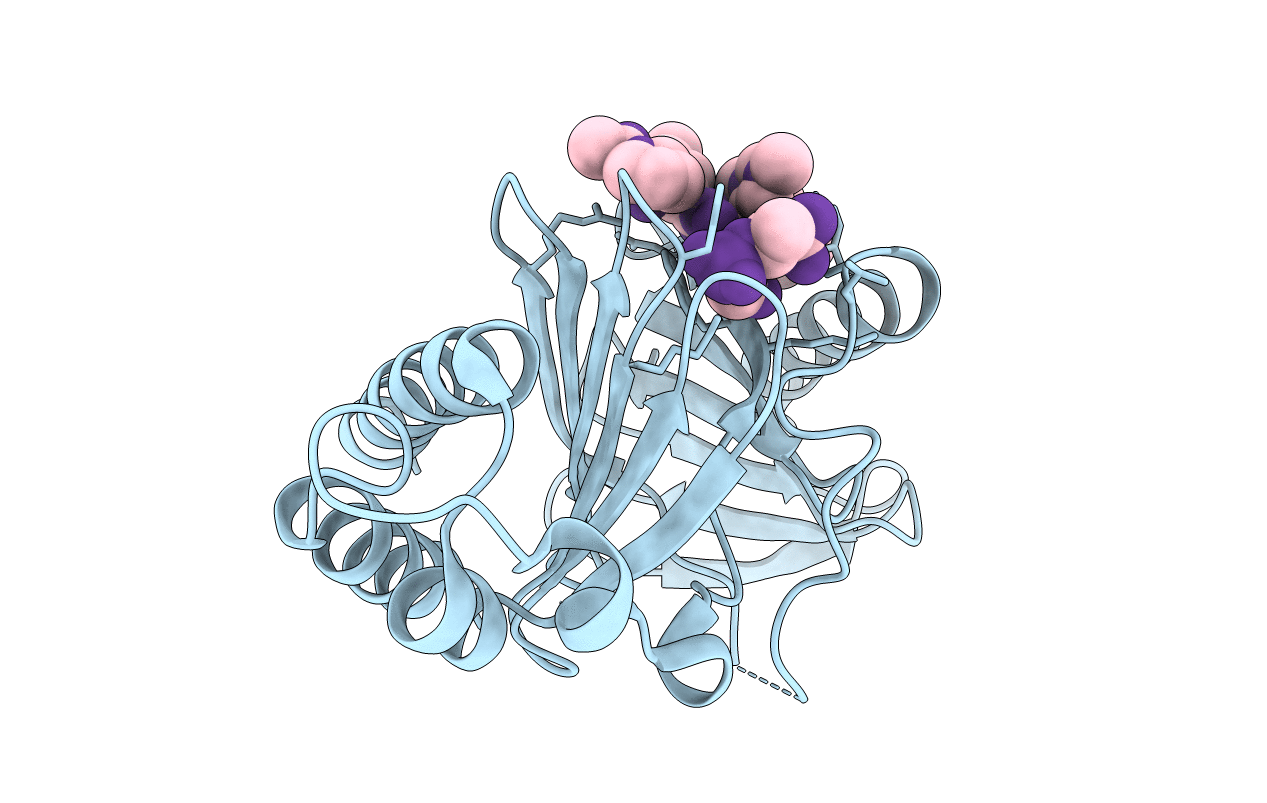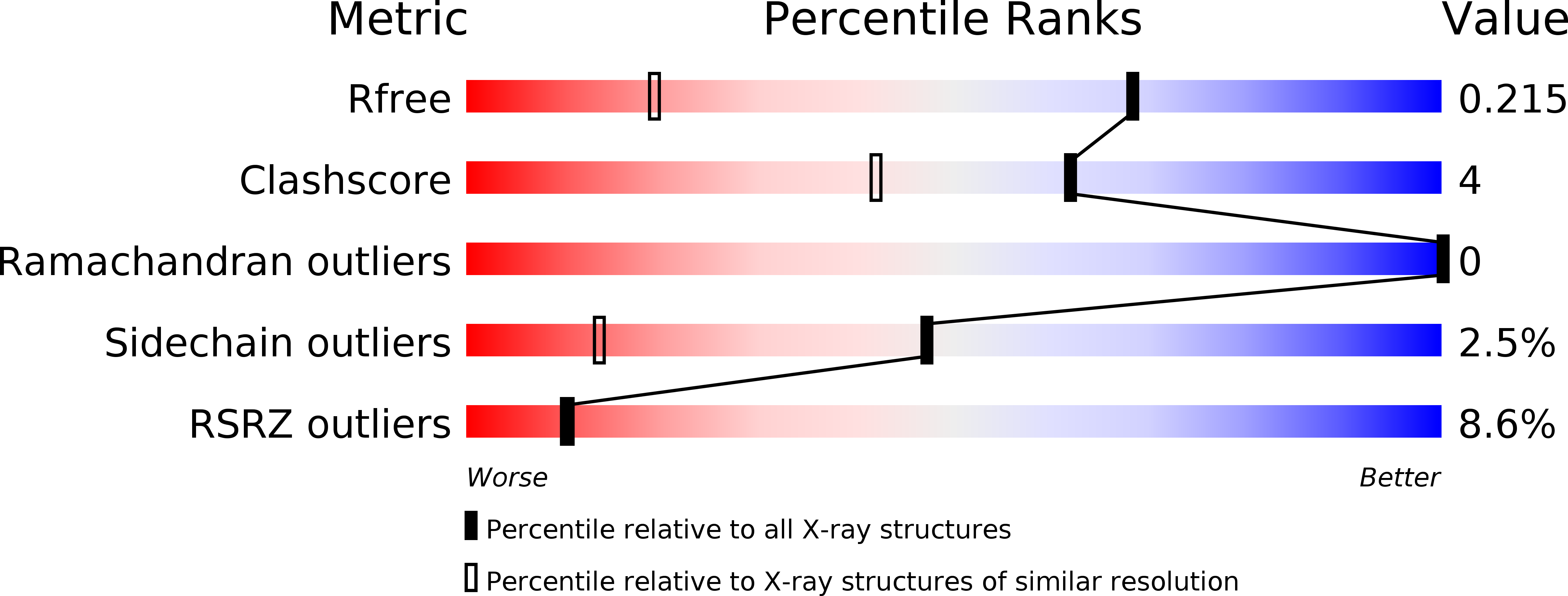
Deposition Date
2013-12-23
Release Date
2014-12-03
Last Version Date
2025-03-26
Entry Detail
PDB ID:
4O6W
Keywords:
Title:
Peptide-Based Inhibitors of Plk1 Polo-box Domain
Biological Source:
Source Organism:
Homo sapiens (Taxon ID: 9606)
Host Organism:
Method Details:
Experimental Method:
Resolution:
1.45 Å
R-Value Free:
0.21
R-Value Work:
0.18
R-Value Observed:
0.18
Space Group:
P 1 21 1


